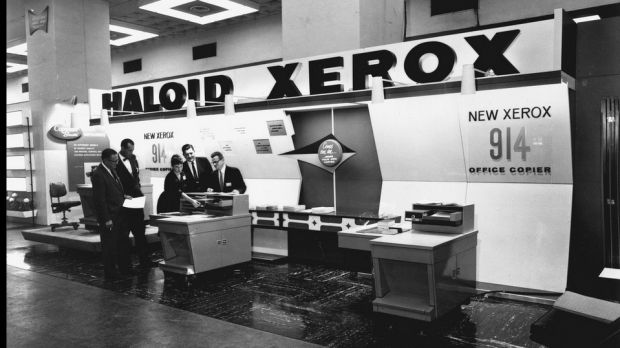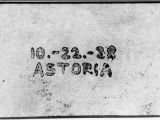You might not know it, but even though copy machines have come a long way since they were first invented, the core technology that is now also inside printers and scanners has remained the same.
It sounds hard to believe. After all, the original copy machine had lots of issues. Original sheets could go in and never come out, copies could turn out “wet” to the point where people strung them on a clothes’ line across the office.
The first copy machine could also end up shredding the originals, and the ink could easily drop from the copier on the furniture.
And between all those things, and the real possibility of originals coming out shredded, the copies didn't really look spectacular either.
Nevertheless, as amazing as it sounds, the core concept remains the same. Only the level of refinement has grown over the past five decades.
The first photo copy (Oct. 22, 1938) was made by Inventor Chester Carlson, who used static electricity created with a handkerchief, light and dry powder.
The Xerox 914 was the first actual commercial machine, and it was large and bulky, weighing 650 pounds / 294 kilograms. It was also prone to blowing up. One can imagine the repercussions of something as large as two washing machines doing that.
Based on that, it's actually a relief that copy machines have had so long to get better and better. And even if the problems persisted, it's doubtful that copy machines would have been spurned. They help reduce paperwork workload way too much.
"There was a distinct need for simple copying like this, and it just took off," says Ray Brewer, historical archivist for Xerox Corp.
"We sold thousands of these machines, and the demand was such that we were manufacturing them in large quantities."
Interestingly enough, copy machines were used for peculiar purposes too. For instance, during the Cold War, they had mini cameras inside, for spying. We wouldn't be shocked if today's high-tech models were prone to such things too. It's far easier to integrate camera sensors and microphones in electronics now.

 14 DAY TRIAL //
14 DAY TRIAL // 
